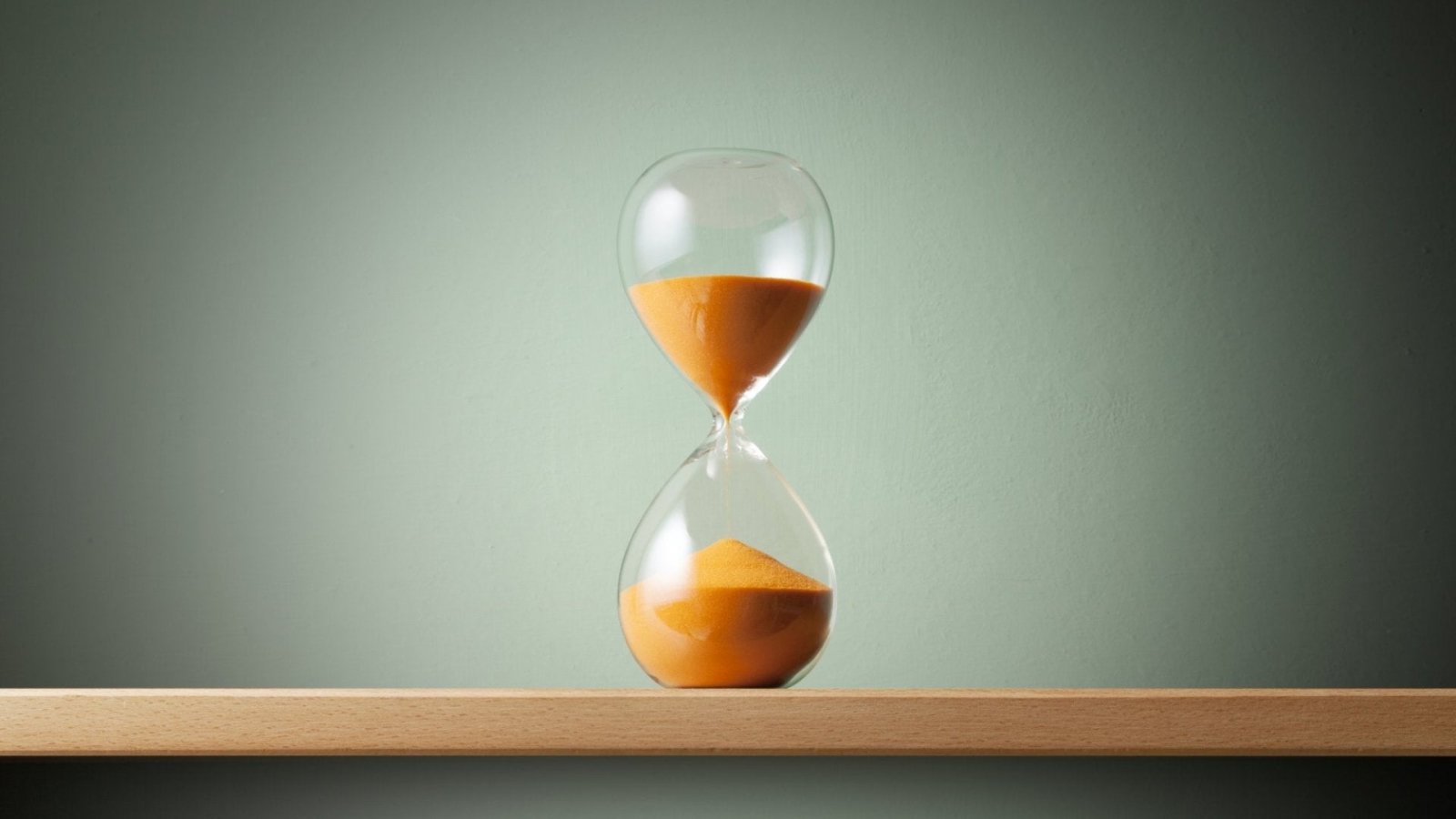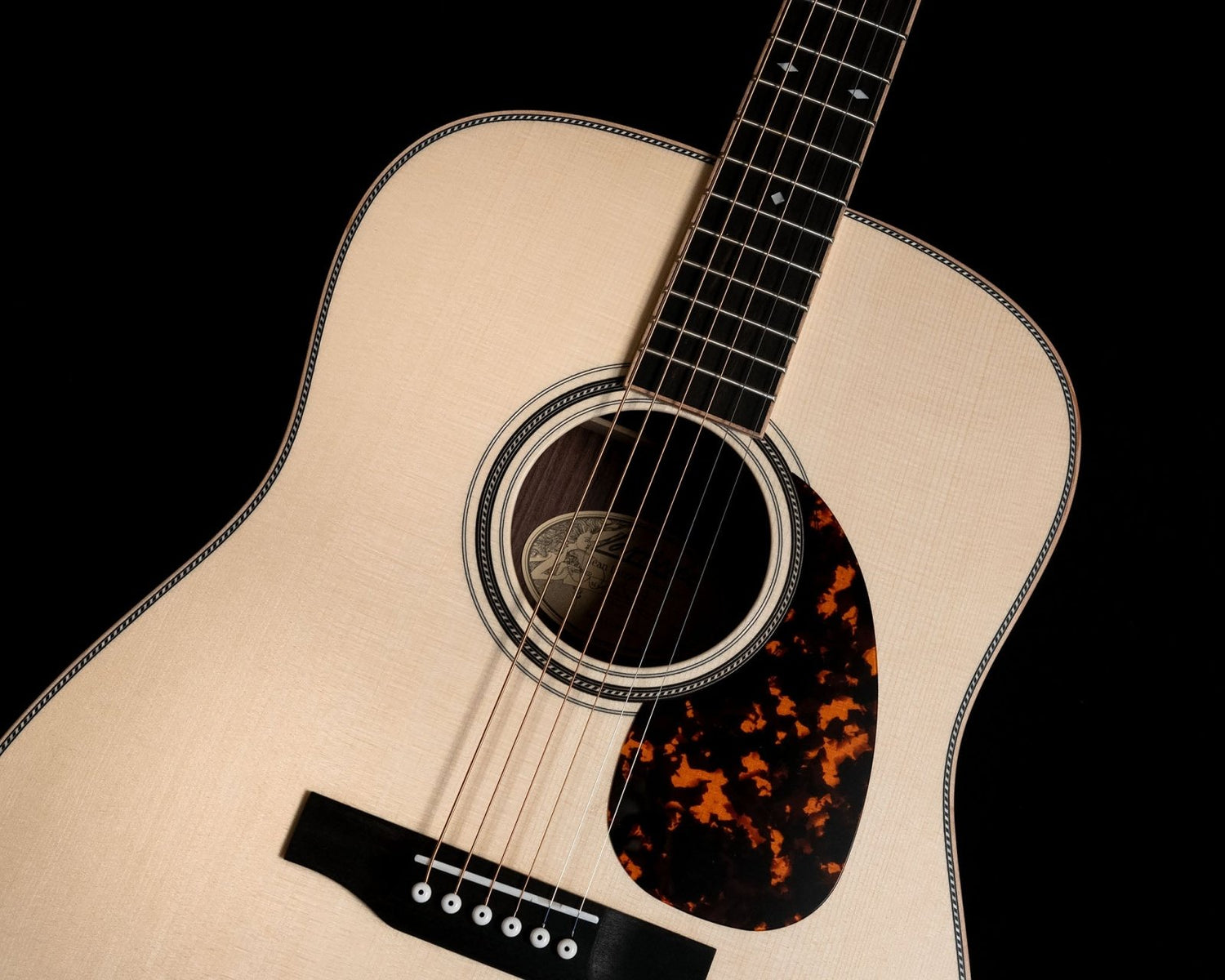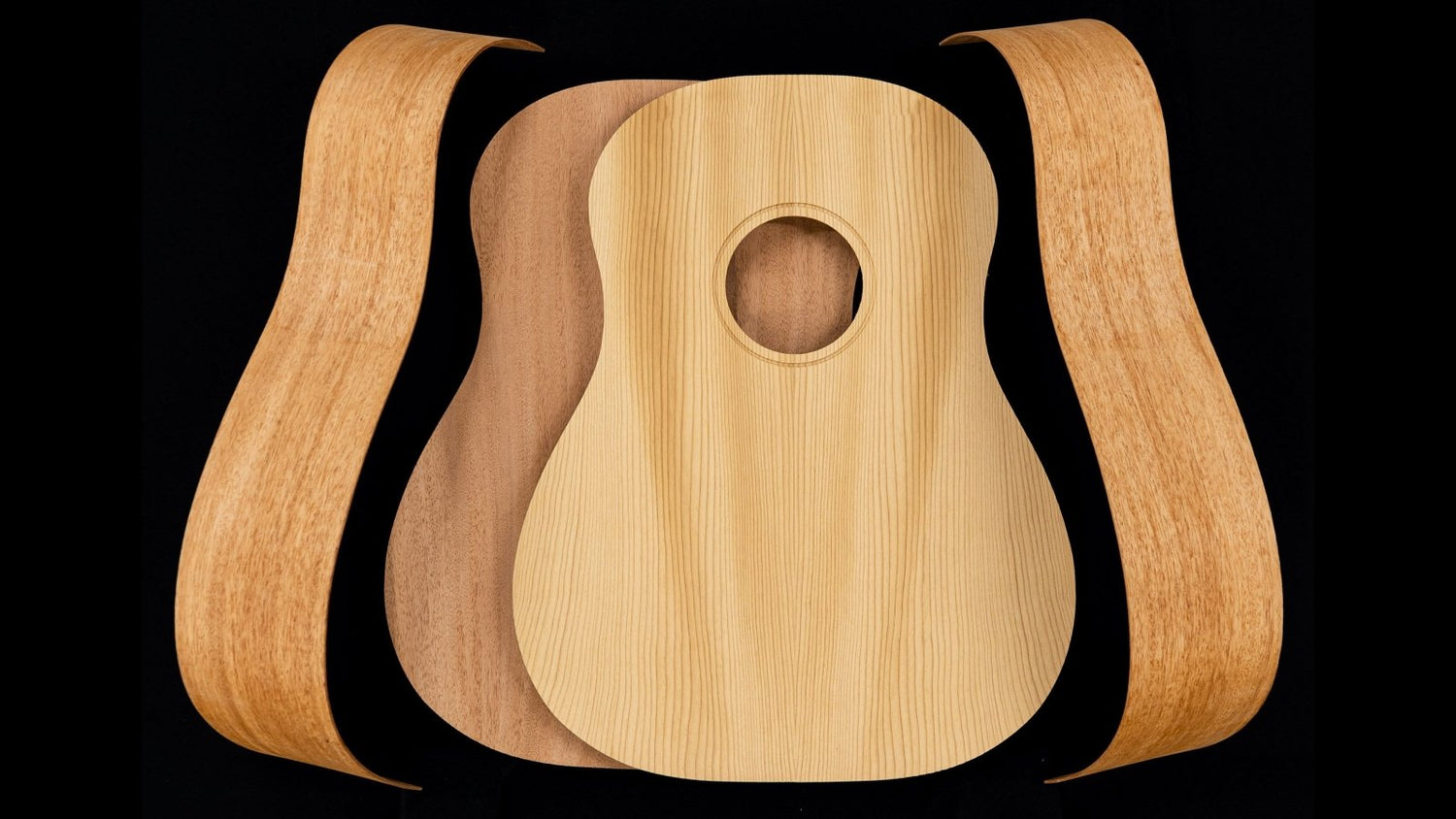Should I Acclimate My Guitar?
As the seasons begin to change once again, I’m really looking forward to the cooler weather and fall colors and finally some relief from the severe heat that many of us across the country have been dealing with this past summer.
One of the things that comes to mind as we approach winter and colder weather is the risk for a guitar to get damaged by extreme temperature changes, like going from a cold UPS or FedEx truck into a 70-degree home. And while humidity is always something to pay attention to regardless of the season, winter always tends to be the highest risk and the most frequent occurrences of damage.
These occurrences are more common on solid wood guitars and also ones that have a lacquer finish, such as nitro-cellulose, versus ones that have a polyester-based finish. But in either case, you want to be careful and contain your excitement before popping open the case on your new guitar.
The one variable that you really need to consider is how cold it is outside (or in the delivery truck) compared to the temperature in your home. A 10- to 20-degree difference is probably not cause for concern, but going from 40 or 50 degrees to 70 degrees in a matter of minutes has great potential to cause finish cracks and other issues.
Hence, when your new guitar arrives, if it’s extremely cold out you should crack open the box at the top but do not remove your guitar or the case. This allows the warmer air to gradually bring the temperature up inside the box and the case. Typically, a few hours like this will be enough for you to safely pull the case out of the box.
But don’t get too excited yet! You should still let the case sit unopened in your home for 24 hours before opening it up and enjoying the beautiful guitar you’ve been waiting for. While I know it’s a painful process, it’s a really necessary one if you care about your instrument.
And I would be remiss if I didn’t mention the opposing circumstances in hotter temperatures. Going from a hot UPS/FedEx truck that may be well over 100 degrees into a 70-degree home is the same kind of shock to your instrument. My suggestion is to follow the same guidelines in those circumstances, however the risk is not quite as high as with the freezing temperatures scenario. Remember, patience is a virtue.





